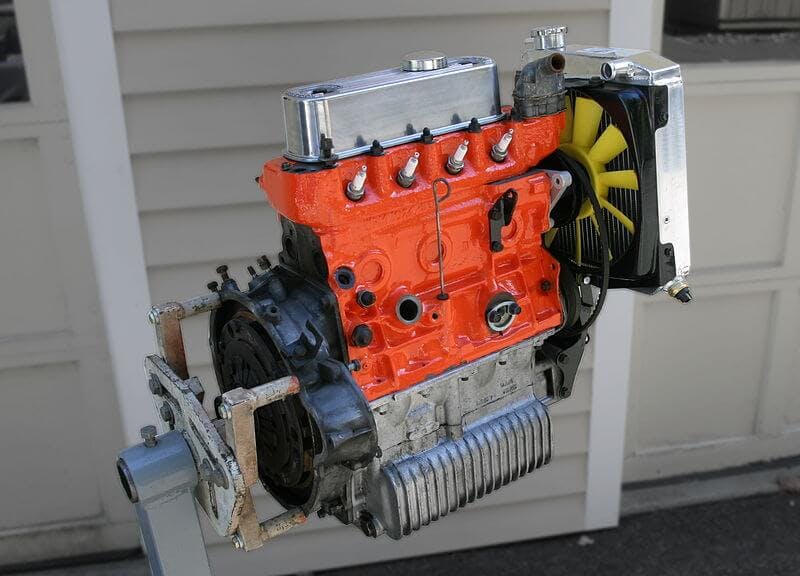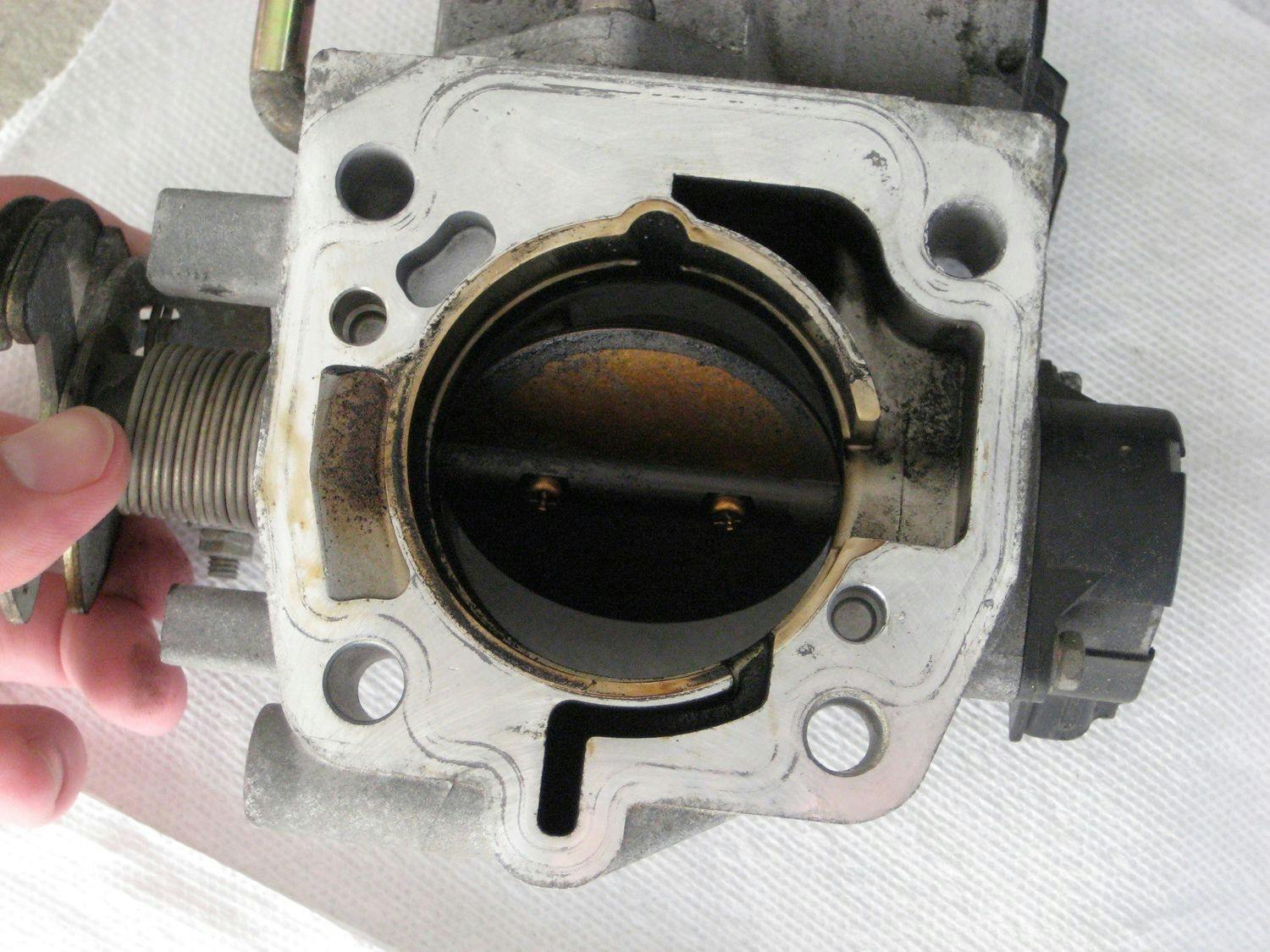Single point fuel injection: What type of injection is it?

Single-point fuel injection (or SPI in short) is an indirect fuel injection in which fuel is injected via a single injection valve into a common intake manifold chamber upstream of the throttle valve.
This article will briefly explain how single-point fuel injection work and its advantages and disadvantages.
Spis treści
How does single-point fuel injection work?
After the fuel is injected using the injection valve into the intake manifold chamber, it mixes with the flowing air and passes through the throttle valve.

Throttle valve: How it works and its possible malfunctions
Behind the throttle, the intake pipe is divided into separate chambers, with the help of which the mixture of fuel and air is led to the individual cylinders of the engine. The fuel injection pressure in this type of injection reaches 0.1 to 0.15 MPa (1 to 1.5 bar) above the pressure value in the intake manifold.
With V engines, single-point fuel injection is solved by two injection valves, because there are two rows of cylinders. Thus, each row of cylinders uses one injection valve with a separate throttle chamber.
Single-point fuel injection and its advantages:
- Simple construction
- Good dispersion of fuel
- Evaporation of fuel on the hot walls of the intake pipe (this improves mixture preparation)
Single-point fuel injection and its disadvantages:
- Long distance of the injection valve from the combustion chamber (extended mixture preparation time)
- Uneven distribution of the mixture for individual cylinders
- Condensation of fuel on the cold walls of the intake pipe
- Slow reaction to changes in the working conditions of the engine
Single-point fuel injection was used in the years 1980-1995 in American and European cars in the early and mid-1990s. Today this technology is obsolete.